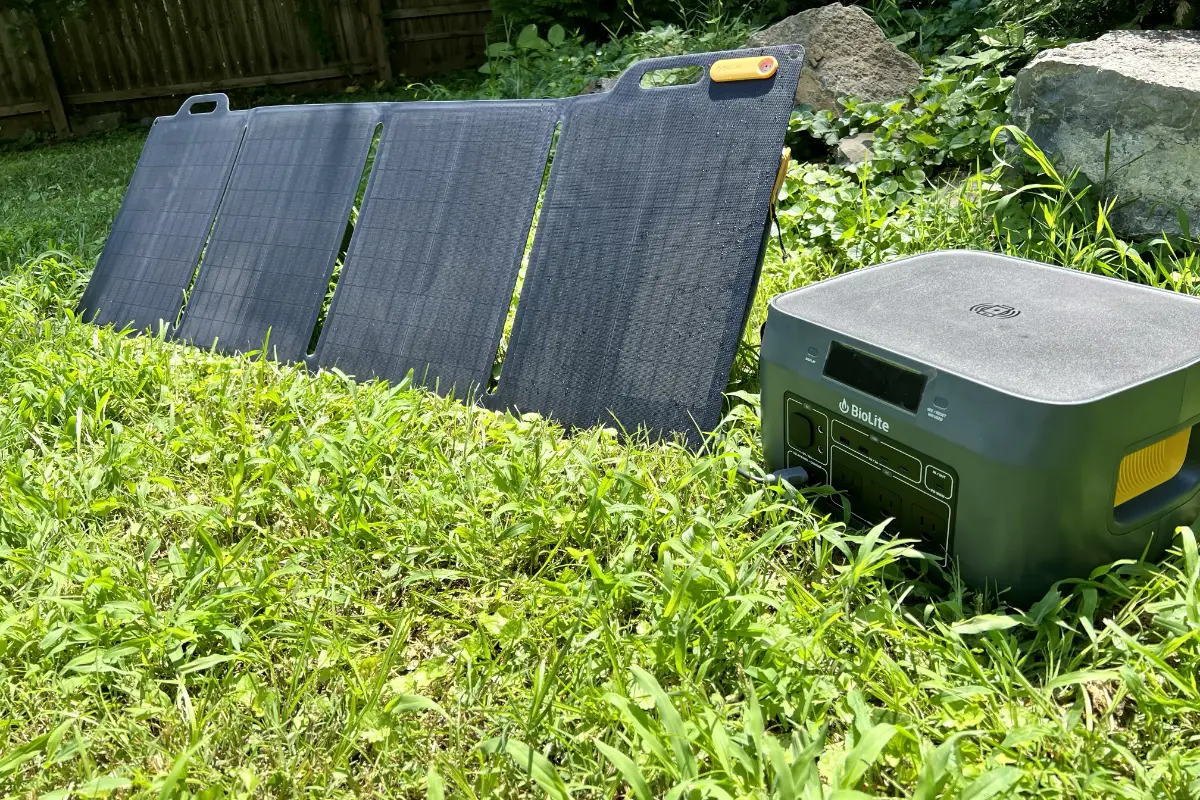BioLite is one of our favorite outdoor brands here at The Adventure Blog. Over the years, the company has given us some great products, including a camp lantern, fire pit, USB battery pack, and our favorite headlamp ever. We also happen to like portable power stations around here, having tested and reviewed a number of those devices over the years as well. Now, with the release of the BioLite BaseCharge, we finally have a power station from the company we’ve come to respect so much and after putting it through its paces for a number of weeks, all we can say is “what took so long?”
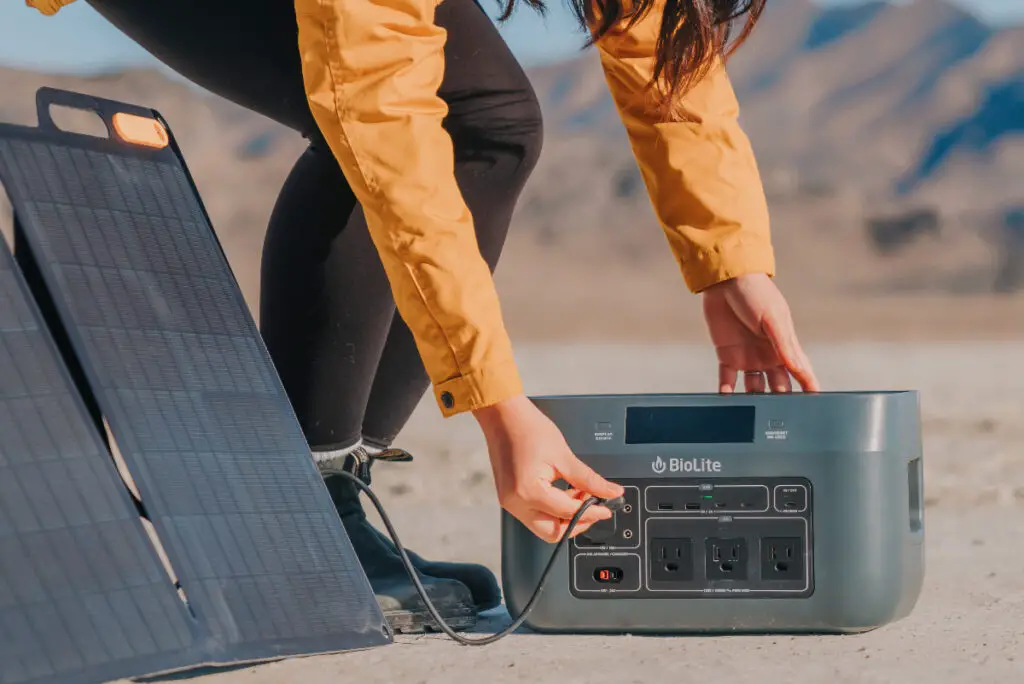
BioLite BaseCharge 1500
BioLite offers its new power station in two different models—the BaseCharge 600 and the BaseCharge 1500. The number in the name designates the size of the battery for that particular model. For the BC 600, that equates to a capacity of 622 watt-hours and for the 1500 it is 1521 watt-hours. Obviously, the larger the number, the more power the battery can store, allowing more devices to be charged.
We had the chance to test the BaseCharge 1500 and came away very impressed. BioLite obviously took notes on the competition and addressed just about any concerns that someone shopping for a portable power station might have. The device not only offers plenty of capacity, but it has enough ports to keep just about every conceivable gadget powered for days. And when paired with BioLite’s new SolarPanel 100—a 100-watt photovoltaic panel—it is possible to keep the unit functioning in the field for extended periods.
The BaseCharge 1500 is capable of producing a sustained 1200-watt output for powering electronic devices and appliances. It can also handle an initial power surge of up 2400 watts for gadgets that draw more power upon start-up. These specs allow the power station to easily recharge smartphones, tablets, and laptops, but also run LCD TVs, a portable refrigerator, LED lights, and even a microwave oven. This makes the BaseCharge a handy product to have around the house, not to mention the campsite or in a base camp environment.
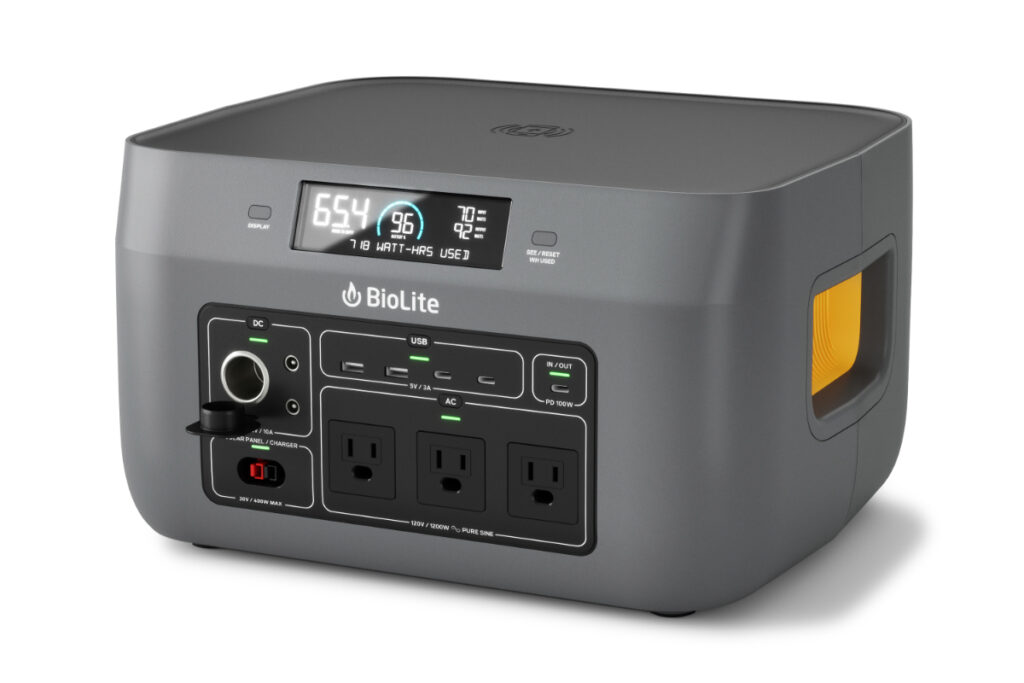
All the Ports You Need
I’ve reviewed a number of portable power stations over the years and watched them evolve in terms of design, capacity, and features. But when testing most models, I still find something to nitpick about, usually in the number and type of charging ports. That isn’t the case with the BaseCharge, which has all of the ports you could want, and then some.
The BioLite BaseCharge 1500 comes with three 120-volt AC outlets like the ones you use at home. It also features two 12-volt DC barrel ports and a 12-volt DC car port. The unit isn’t lacking in USB ports either, with two USB-A and two USB-C plugs. A third USB-C port of the Power Delivery (PD) variety offers 100 watts of power for recharging high-capacity devices such as a laptop. That particular port is also bi-directional, allowing it to recharge the BC 1500’s internal battery as well.
One of my favorite features of the BaseCharge is that the top of the power station is actually a wireless charging pad. This allows users to simply place a device that supports wireless charging on the pad to start replenishing its batteries. When you include this option in the BC 1500’s specs, it is possible to recharge or power up to 12 devices and appliances at the same time.
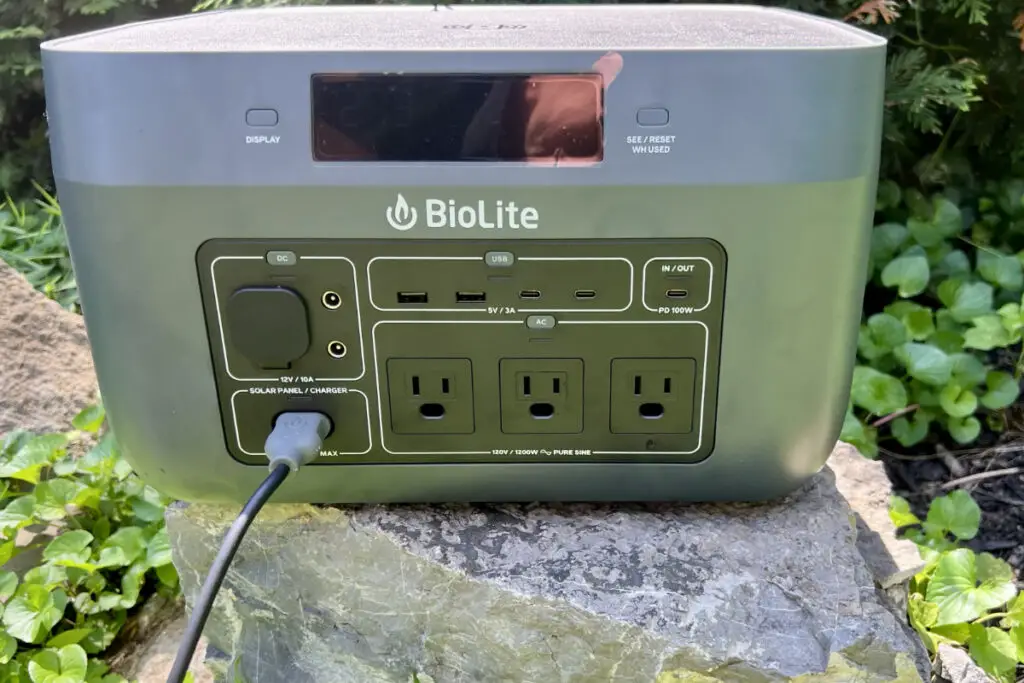
Charging the Power Station
The BaseCharge’s large battery is capable of recharging smartphones and tablets dozens of times and can run a portable refrigerator for more than 20 hours. But that battery also needs to be recharged from time to time, and BioLite has made that process as easy as possible. The unit ships with an AC adapter that can be plugged into a standard wall outlet to handle the charging process. Using this method, it takes roughly 13 hours to fully repower the BC 1500.
Curiously, BioLite doesn’t support charging the power station using a 12-volt car port, which is common among the competition. With newer vehicles shipping with AC outlets, this is becoming less of an issue, but it does make it more challenging to keep the BaseCharge functioning while in the field.
BioLite’s new SolarPanel 100 does work well while living off the grid. An individual solar panel can generate up to 100 watts of power and has the ability to be linked in tandem with three additional panels to create as much as 400 watts. As is typical with solar charging, those numbers are impacted in the real world by cloud cover, shade, and exposure to sunlight. That said, I found this model to be efficient and easy to use, with an adjustable kickstand and sundial that go a long way to achieving peak charging. As an added touch, the SolarPanel 100 also comes with two USB-A and a USB-C port built-in for charging devices directly.
As mentioned above, the BaseCharge can also be recharged via its 100-watt USB-C PD port. This is best used in tandem with the included AC charger. When working together, the charging time for the power station drops to just 8 hours, which is pretty quick for a device with a capacity of this size. Granted, you’ll most likely only be able to use this option at home, but it is still a nice option to have when wanting a quick top-off.
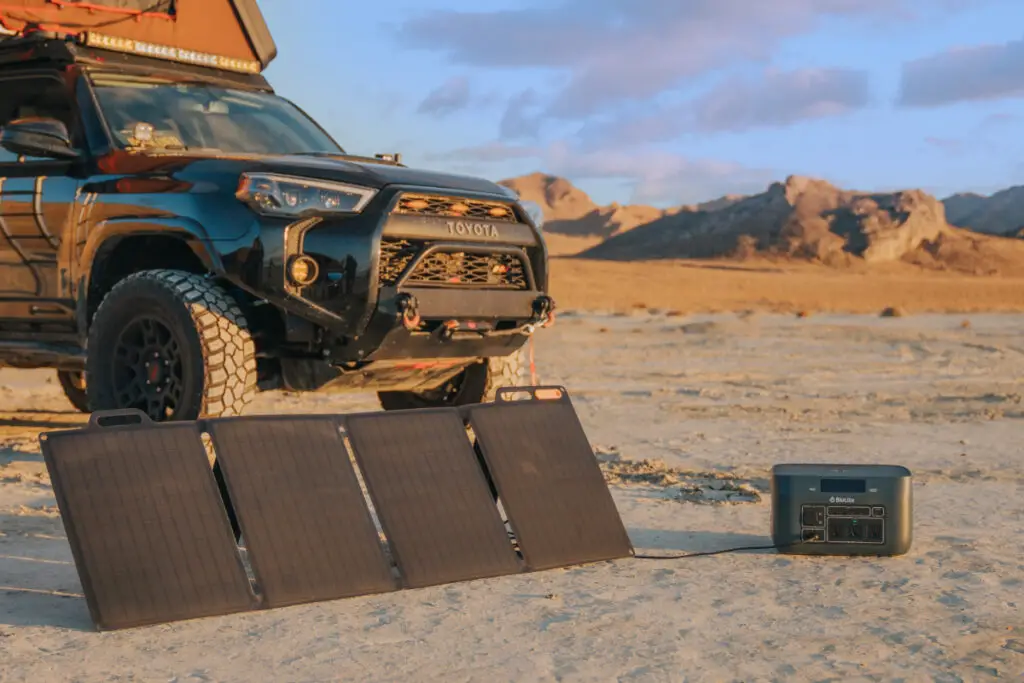
Setting A New Standard
These days, there are a number of options for power stations and sorting through all the choices isn’t easy. BioLite has made a strong case for the BaseCharge by offering good battery capacities, plenty of ports, fast and efficient performance, and a good-looking design at an attractive price. But the company has added some nice features that help the BC 600 and 1500 standout from the crowd and make them the new standard by which the competition will be judged.
One of those features is the “Digital Messaging Center,” which is BioLite’s name for its LCD display. Like other power stations, the BaseCharge displays a variety of information on this screen, including power in and out and how much battery life the device has remaining. This is all pretty standard stuff, except, in this case, that info is displayed in a way that is very easy to understand. The data is shown using easy-to-understand language that even first time power station users will be able to interpret.
The BaseCharge display also has what BioLite calls the “Energy Odometer,” which uses the same real-world language to give users more insights into how their power is being used. The odometer can be reset as needed, providing better incremental stats based on specific time periods and activities. This comes in very handy for measuring which devices require the most power and need to be recharged more regularly.
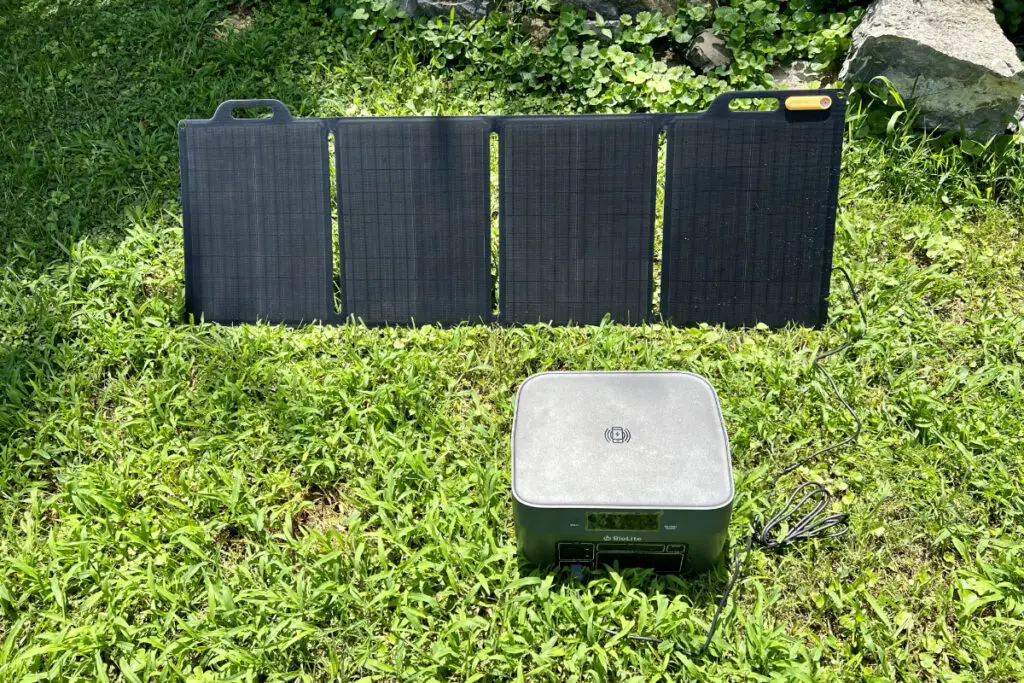
BioLite has a Winner
At the beginning of this review, I asked the question, “what took so long?” for BioLite to release a portable power station. After using the BaseCharge for a while the answer to that question is clear. The company took its time to ensure that it got everything right, and that has more than paid off with the final product. The BC 1500 is a top-notch device that looks great, has all the features we could as for, and is very easy to use. It is a mobile charging solution that will make BioLite customers extremely happy and is likely to convert more fans to the brand.
If you’re currently in the market for a portable power station, the BioLite BaseCharge 1500 is a fantastic choice. It offers flexibility in charging and is powerful enough to keep all of your mobile devices, laptops, and small appliances functioning, even when you wander into the remote places of the planet. It is a great emergency power source for use at home and while camping. And when paired with the excellent SolarPanel 100, it makes a great option for use at base camp too.
The BaseCharge and SolarPanel will be available to order on September 7. The BC 600 sells for $699, and the BC 1500 has a price tag of $1699. The SolarPanel 100 is sold separately for $400. Visit BioLite’s website for more information.
- Gear Review: The Xero Scrambler Mid is an Ultralight Hiking Shoe for Spring - March 1, 2023
- Gear Review: Yeti Roadie 48 Wheeled Cooler - August 18, 2022
- Kristin Harila Continues Pursuit of 8000-Meter Speed Record - August 16, 2022
